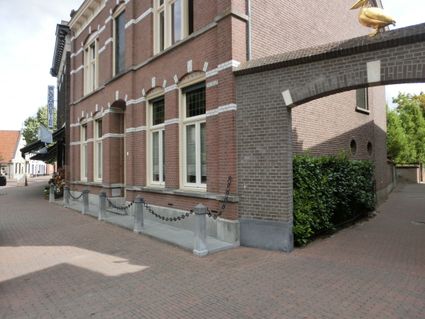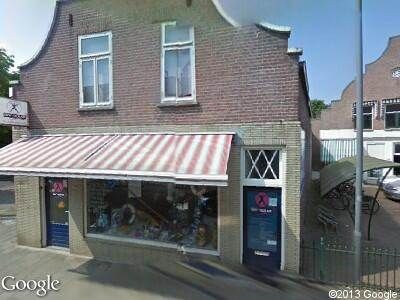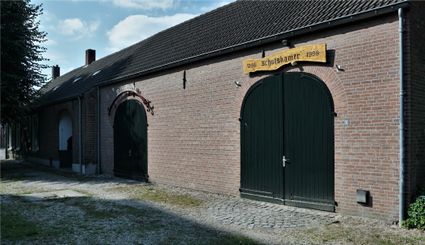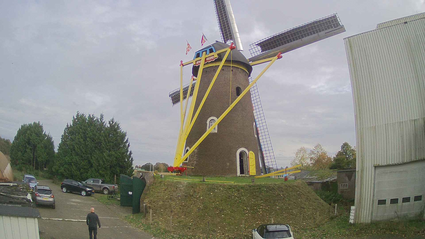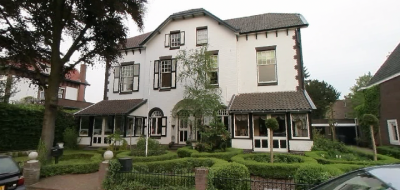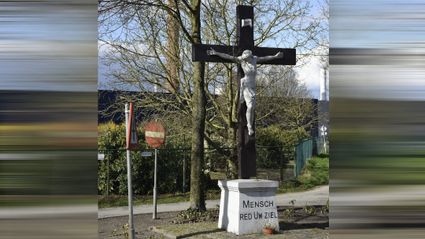De voormalige hoeve Grotel
In the period 1381- 1396, the Gemert Commandery of the Teutonic Order acquired the Grotel farmstead from Arnold van Grotel. The farmstead remained the property of the Teutonic Order for centuries and was always leased out.
During the second half of the eighteenth century, people regularly complained about the poor architectural …
In the period 1381- 1396, the Gemert Commandery of the Teutonic Order acquired the Grotel farmstead from Arnold van Grotel. The farmstead remained the property of the Teutonic Order for centuries and was always leased out.
During the second half of the eighteenth century, people regularly complained about the poor architectural condition of the farmstead. Around 1770, for instance, it was felt that the building should first be demolished "completely and entirely as if it were no longer habitable" before it could be rebuilt. Only the heavy trusses and the roof were still usable, according to the experts. In 1788, this had not yet happened and the situation had even deteriorated. At the time, it was thought that the house should best be rebuilt from scratch. In the meantime, they had tried 'to sell the aforementioned dilapidated and badly situated farmstead', but without success until then. The following year, they succeeded. On 6 February 1789, the farm was sold for 2,500 carolus guilders by the commandery to Willem Leenders Verbakel from Beek en Donk. Today, a modern residence stands on the site of the centuries-old Grotel farmstead.
Source: Wiro van Heugten, Bezittingen van de Commanderij Gemert te Bakel, Gemerts Heem 1990, no 4

